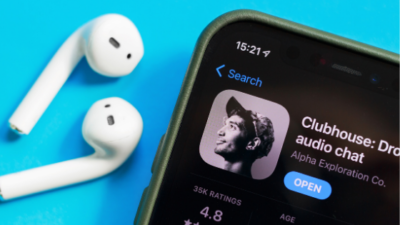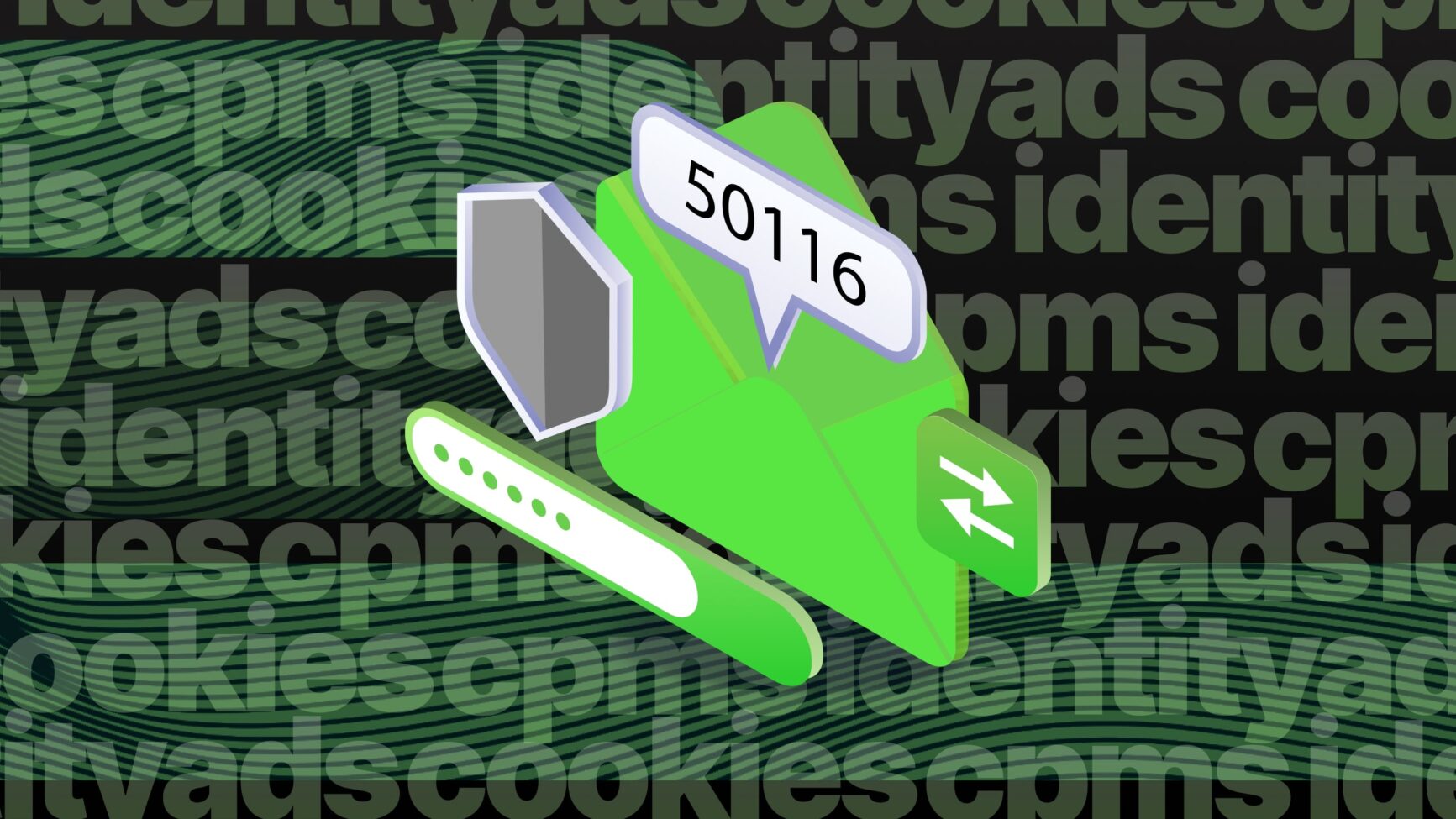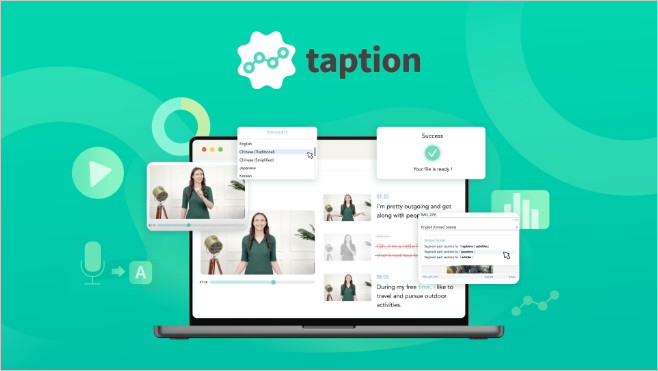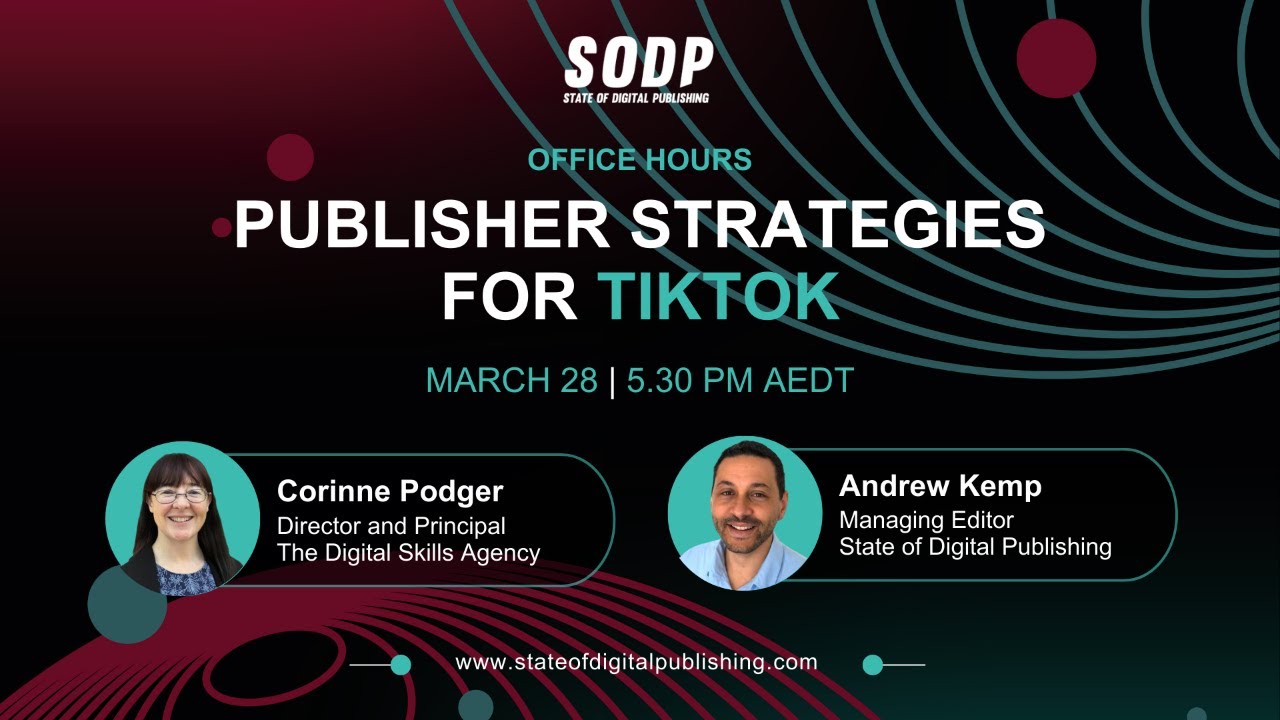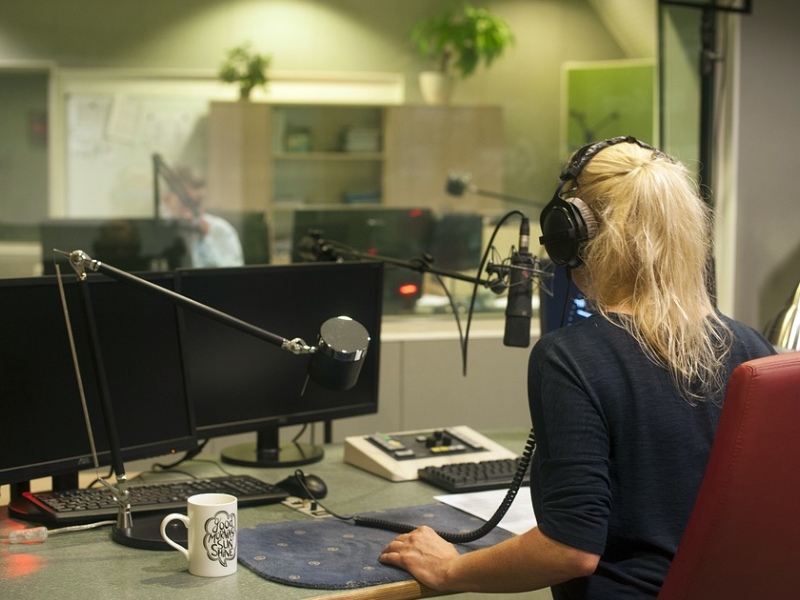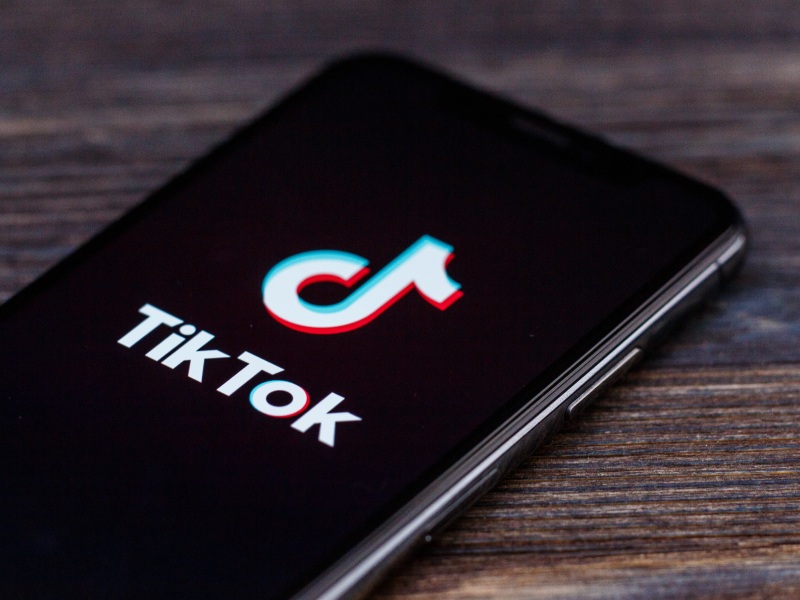Clubhouse is one of the most talked-about innovations in social media and has received a lot of hype. What exactly is it, how has it grown so fast, and how can digital publishers use Clubhouse effectively to build and engage a network of new audiences?
What is Clubhouse?
Clubhouse is the world’s first (and so far, only) audio-exclusive social media platform. Launched less than a year ago, it already has more than two million active weekly users, and has been downloaded about 4.7 million times to date since launch, according to Apptopia — making it one of the strongest and fastest-growing social platforms out of the gate. Recent appearances from Mark Zuckerberg and Elon Musk on Clubhouse are bringing even more attention to the venture-backed audio social network, and it has attracted other high profile users such as Oprah Winfrey, actor Jared Leto, singer Drake and model Jodie Turner-Smith.
The audio only aspect of Clubhouse is no joke — there’s only one place in the app for any sort of photo, and that is the user’s profile image. There are also no chat functions. It’s pure music, podcasting, and voice.
The Clubhouse website describes it as “a place for casual, drop-in audio conversations with friends and other interesting people around the world.”
So far, new users must be invited by another active user to join; they can’t sign up on their own any other way. Each user is allowed only a limited number of invites to give out to others, lending a supply-and-demand “popular kid” hype that has helped propel its skyrocketing trendiness. The app is also only accessible via an Apple device.
How does it work?
Once a new user has chosen a username and filled in a bio to create their profile, they can connect Clubhouse to other platforms such as Twitter and Instagram, to allow for chat interactions off-app. There are no other clickable links or form of communication within Clubhouse itself.
The timeline or news feed of Clubhouse is called a “hallway,” and users can select certain interests in order to curate their hallways to their tastes — much in the way one selects musical artists they enjoy on Spotify to build a personalized playlist.
Now, the user is ready to use the app and interact with it through their hallways. The top menu of the app consists of five icons that lead to the key components:
- Magnifying Glass: This is the search function. Enter in topics or individuals of interest, and corresponding results for people or clubs will appear. These clubs are groups around specific topics — hence, Clubhouse.
- Envelope: This is the place to invite other users to the app. As stated before, each user only gets a limited number of invites, so choose wisely who to bring in.
- Calendar: This displays recommended clubs and rooms based on the interests a user has chosen and other people or groups they follow.
- Bell: This is the notification area.
- Profile Picture: This takes a user to their profile if they wish to edit it. This also allows a user to see the clubs and people they follow.
One of the biggest draws of Clubhouse is its audio-only format. The relationship between a speaker or podcast host to that of the listener, directly in their ear one-to-one, is an intimate and engaging one. Unlike podcasts, however, which are only one-way, the Clubhouse platform gives a much more interactive experience for users to chat with each other and with speakers, musical performers, and others in a true conversation.
This is even more true in the COVID-19 pandemic, when people are looking even more to replace the in-person social interactions and events they’ve lost, largely looking to live audio and video streaming to do so. Think of Clubhouse as almost the Zoom of audio.
Elena Mazhuha, who co-hosts the weekly Hype News show on Clubhouse, told VentureBeat it’s an awesome tool for online events.
“It takes one minute to create an event and let every follower know when it will happen. The quality of voice is high. The UX (user experience) is easy even for non-sophisticated users. You don’t need to bother how you look when you network via Clubhouse. No video calls, no problems. The conversations between speakers feel lively and human. They’re not as refined as podcasts, which makes them better for a wide audience, because the wide audience loves ‘rough edges’.”
How can digital publishers use Clubhouse?
“The top creators are people with magnetic personalities who attract audiences not just because of their titles and accomplishments, but because listeners want to spend time intimately hearing their thoughts with a chance to weigh-in themselves,” Josh Constine, an early-stage investor at the venture firm SignalFire, told the New York Times. “These creators are generating big audiences on Clubhouse even if they don’t have large followings on other social platforms.”
Adam Kleinberg of Ad Week believes that brands are going to be all over Clubhouse in a few months. “The platform is special. It allows for deep engagement, conversation, even intimacy,” he wrote. “Marketers should be thinking about how they can create episodic content at the intersection of brand purpose and things their customers care about.”
Samuel Scott of The Drum says that the best business application is for content creators — basically anyone who releases anything informative or entertaining and has an audience — to use Clubhouse as yet another place to gain more followers.
It could also be used as an alternative to traditional podcasting. It might also be an effective way to test out topics too for podcasts, webinars, blogs, and other content to see how much interest is there before launching. Hubspot says that content creators are building their audiences quickly in hopes of securing monetization opportunities when they become available.
“If you’ve received an invitation to Clubhouse, but aren’t sure how to use it, consider hosting an informal focus group, starting a conversation about a high-traffic blog article or social media post your company has published or contributing to a conversation already hosted by a thought leader in your industry,” Pamela Bump of Hubspot wrote.
Content from our partners
Indeed, writers and other creatives have been quick to embrace Clubhouse, and the company is currently piloting a creator program to determine how best to grow that community on its platform. The founders said Clubhouse’s latest cash infusion would help it begin testing ways to pay creators through tips, tickets, subscriptions, and grants.
“Clubhouse is this perfectly timed outlet for creativity, and it’s new enough that it feels like there’s this opportunity,” says writer, comedian, and podcaster Baratunde Thurston, who regularly hosts conversations on Clubhouse.
What is ahead for the social media app
The social media newcomer recently secured a new round of funding in the order of US$100 million. Plans for the future include opening up to the general public and allowing content creators to be paid. Clubhouse is considering three types of income generation: tipping, ticket sales, and subscriptions.
It could be poised to become the next big social media platform, but it’s still too early in the game to predict. But digital publishers should keep their eyes (or rather, ears) on it as a potential platform to reach new audiences.



